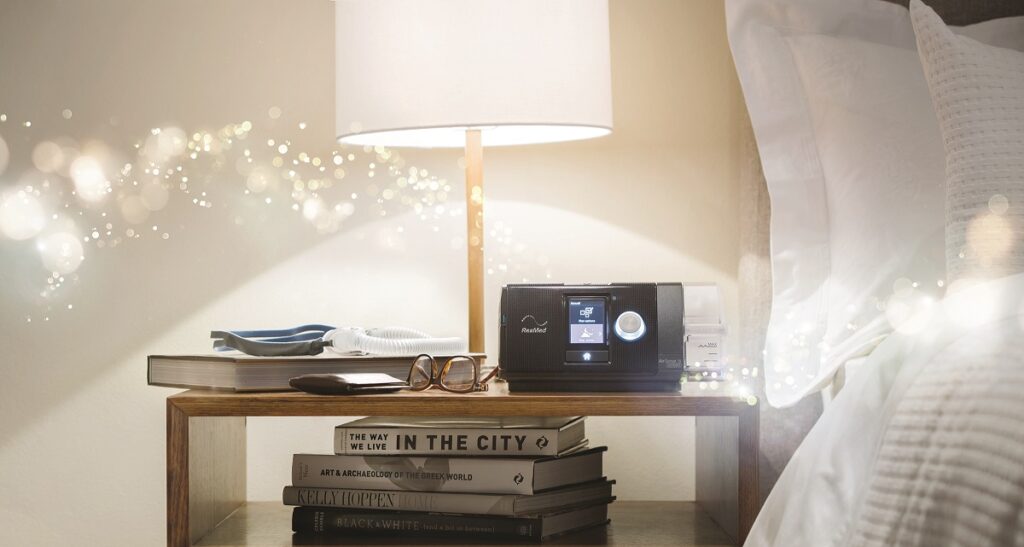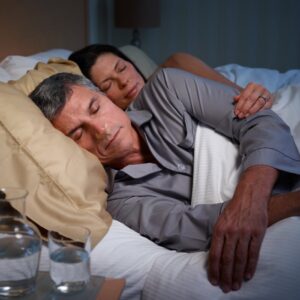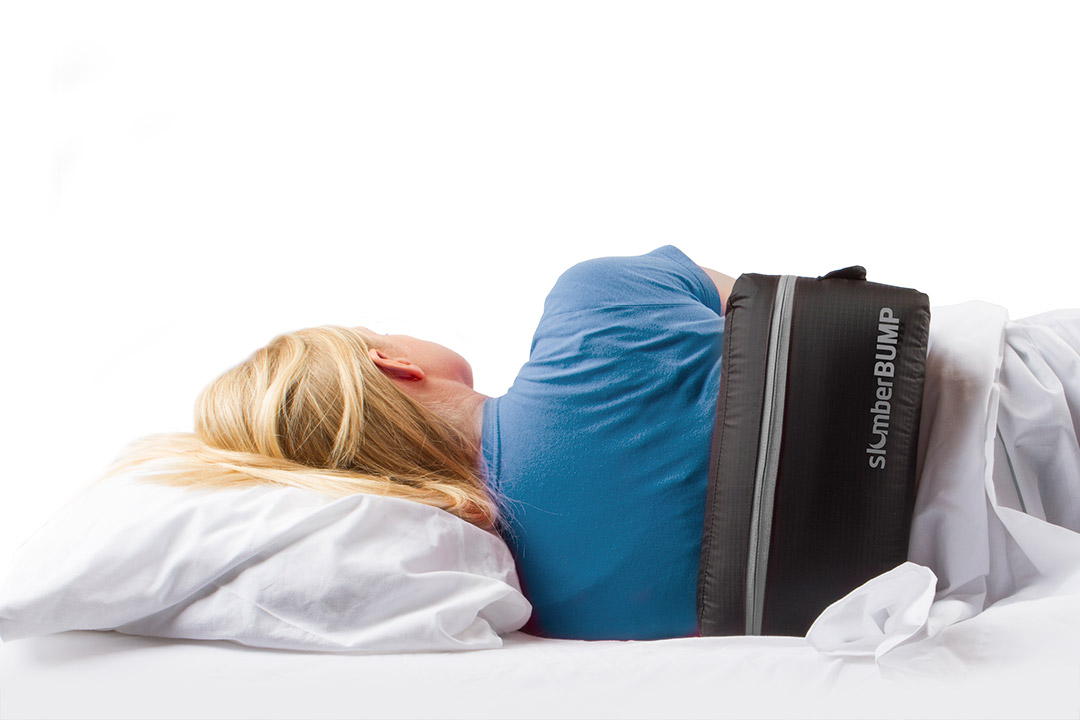Most people with sleep apnea can successfully treat this chronic condition with long-term treatment options, including sleep apnea machines like CPAP and BIPAP, oral devices, nasal valves, surgery, and lifestyle changes.

CPAP, known as the Gold Standard for treating obstructive sleep apnea, operates by gently delivering air into the nose and/or mouth. This creates positive pressure, effectively keeping the tissues in the neck and throat open.
To understand how CPAP functions, picture a flattened straw. When you blow air into it, the straw regains its round shape, allowing air to pass through. Similarly, CPAP works by opening the airway, enabling a smooth flow of air into the lungs.

CPAP equipment comprises a compact machine (approximately half the size of a shoebox), a mask that covers either the nose or mouth, and a connecting hose. A humidifier can also be added to warm the inhaled air.
After a titration study in a sleep lab determines the optimal pressure for home use, CPAP is employed at home. There's a wide variety of CPAP machines and masks available, and your technician will assist you in finding a comfortable fit.

When managing sleep apnea requires higher pressure levels, or when patients find it challenging to tolerate CPAP, BiPAP (Bi-level Positive Airway Pressure) can be a viable alternative. BiPAP operates by establishing high pressure during inhalation and lower pressure during exhalation. This approach often enables more natural breathing patterns and enhances the overall comfort and tolerance of the PAP user.
Provent Therapy is a simple, non-invasive treatment for obstructive sleep apnea. The Provent Nasal Device uses a valve design that attaches over the nostrils and is secured in place with hypoallergenic adhesive. During inhalation, the valve opens, allowing the user to breathe in freely. When exhaling, the valve closes and air passing through the nose is directed through two small air channels. This increases the pressure in the airway and helps to keep it open.
Because Provent Therapy is a small, single use, disposable device, it’s also discreet and very convenient. Provent is generally most successful with mild and moderate cases of sleep apnea.

An oral or dental appliance is a custom-made mouthguard designed to be worn during sleep. These devices function by carefully positioning the jaw, and sometimes the tongue, to prevent the airway from collapsing. Before using an oral appliance, it's advisable to undergo an evaluation by a dentist. Generally, these devices are most effective for individuals with mild to moderate cases of sleep apnea. Sunset Sleep collaborates with numerous well-trained dentists who specialize in sleep apnea treatment and can provide referrals for consultations.

Sleep apnea is often more severe, and sometimes exclusively experienced, when lying on your back. In such cases, positional therapy may be recommended. This therapy involves using a device to prevent you from sleeping in a supine position. Typically, these devices come in the form of pillows or belts that you wear to bed, making it uncomfortable to lie on your back.

There are multiple surgeries that can be considered for sleep apnea. Most involve removal of tissue in the mouth and throat to help prevent the airway from closing. Some procedures scar the tissue with a laser, or involve implanting small rods into the palate to “stiffen up” the tissue. An Ear Nose & Throat surgeon should be consulted any time surgery is considered for treatment of sleep apnea.
About 70 percent of people with obstructive sleep apnea are overweight or obese. Their health care professionals usually encourage them to lose weight.
Surprisingly, there have been few formal studies of how effectively weight loss leads to lesser, lighter snoring and diminished incidents of apnea during sleep. Despite this, anecdotally practitioners report striking improvements in both sleep apnea and snoring among patients who lose weight.
Abstinence from alcohol before bedtime is also an important part of treating sleep apnea.
For patients unable to get consistent results from conventional therapy, the Inspire system may be an option.
Inspire therapy works inside the body with a patient’s natural breathing process to treat sleep apnea. Mild stimulation keeps the airway open during sleep, allowing oxygen to flow naturally. The patient uses a small handheld remote to turn Inspire on before bed and off when they wake up. No mask, no noise, no hose.
The Inspire system is inserted under the skin through three small incisions during an outpatient procedure. Most patients return home the same day and are able to return to non-strenuous activities almost immediately. Most people take over-the-counter pain medicine for a few days after the procedure for pain management.
Since 2004, Los Angeles Sleep Study Institute has been diagnosing and treating patients with sleep disorders throughout Los Angeles and Ventura counties. We accept all major medical insurances, including Blue Cross, Blue Shield, and Medicare.